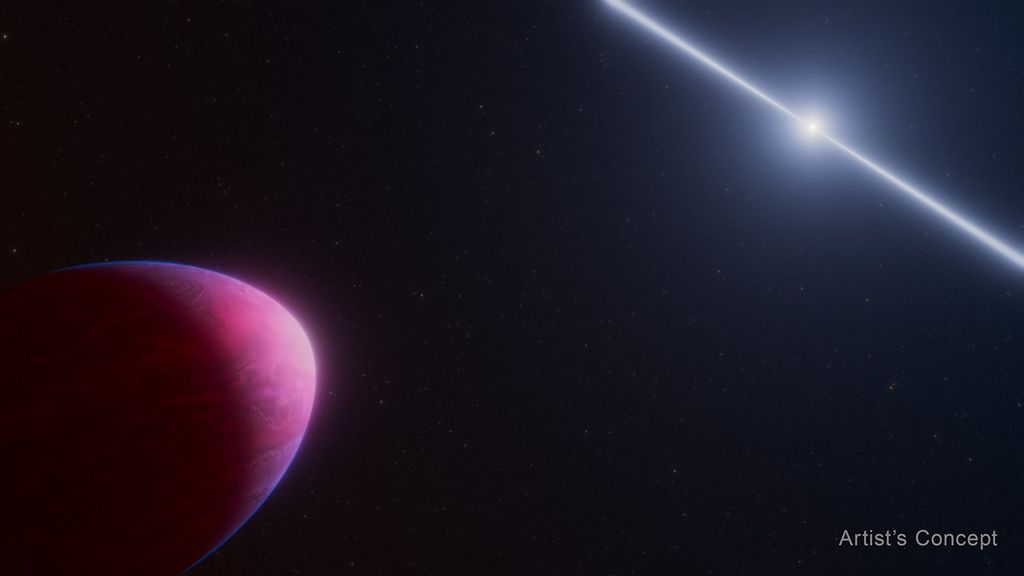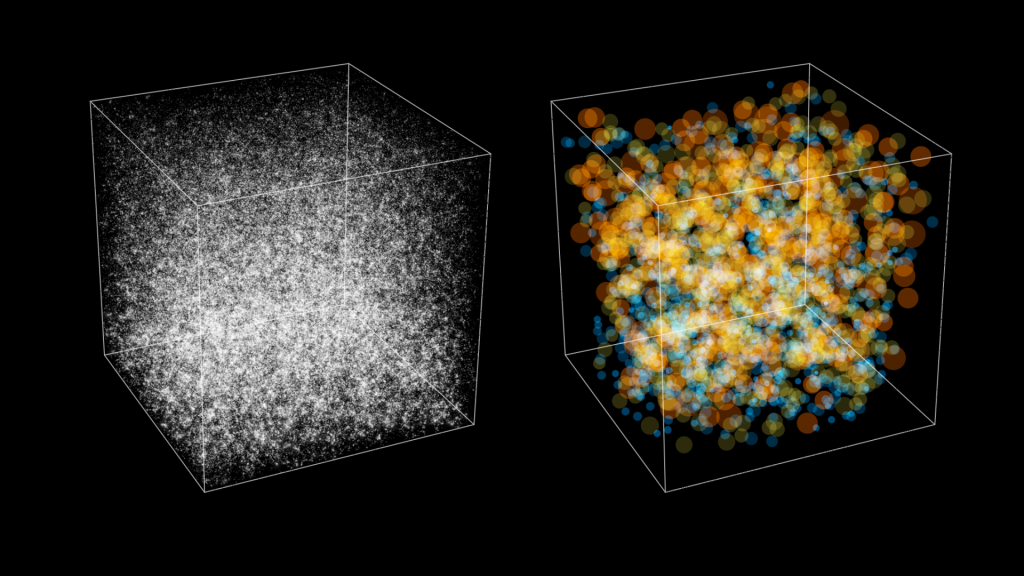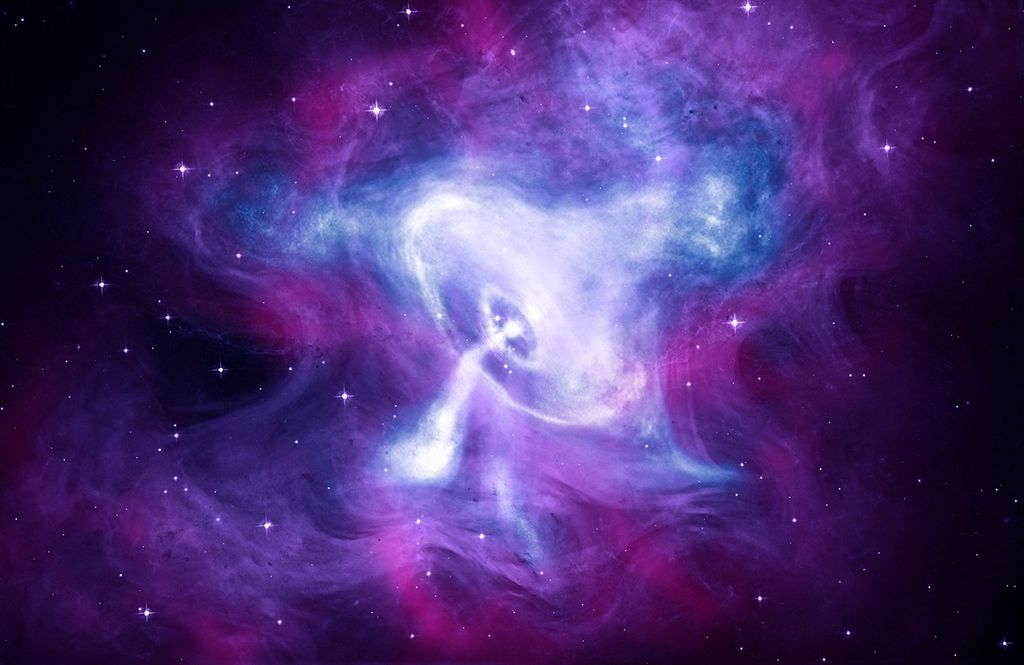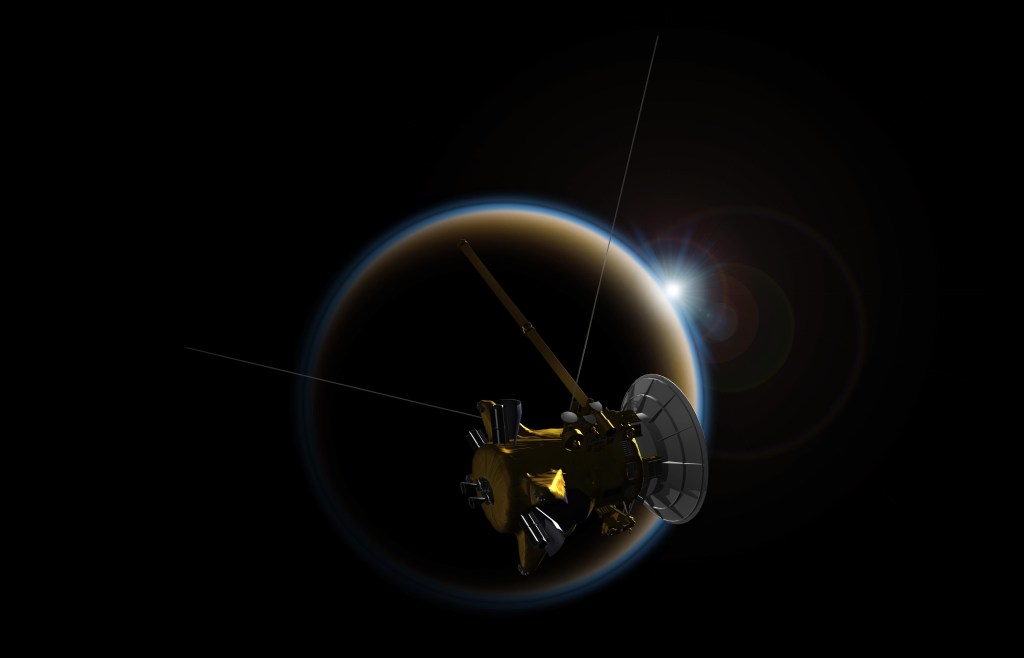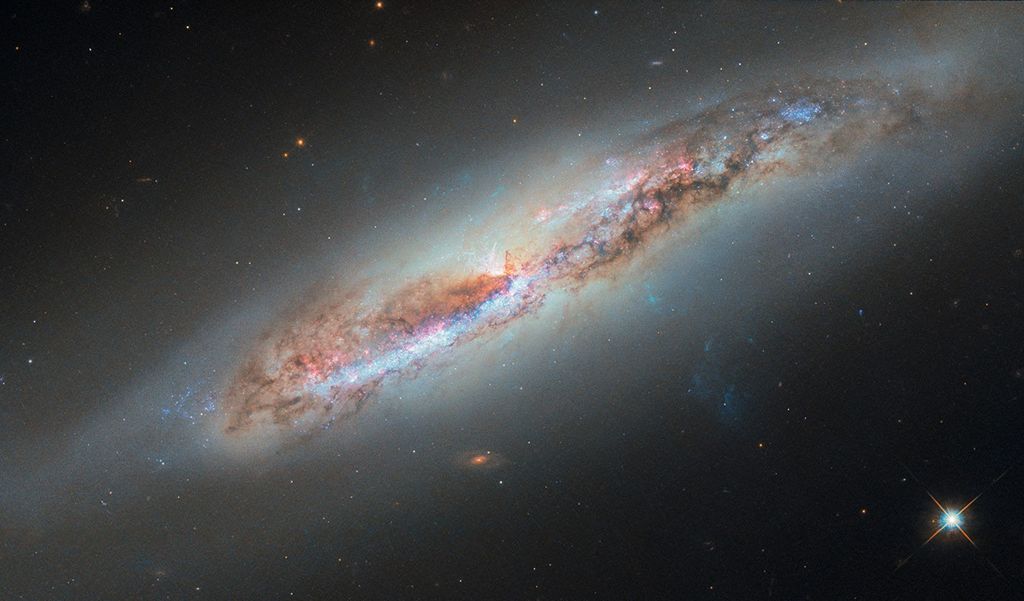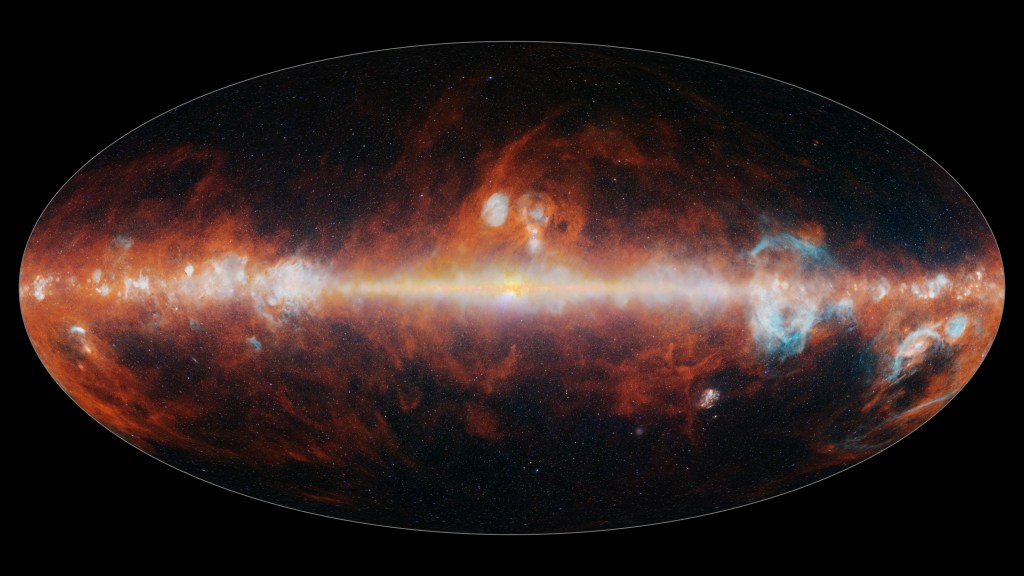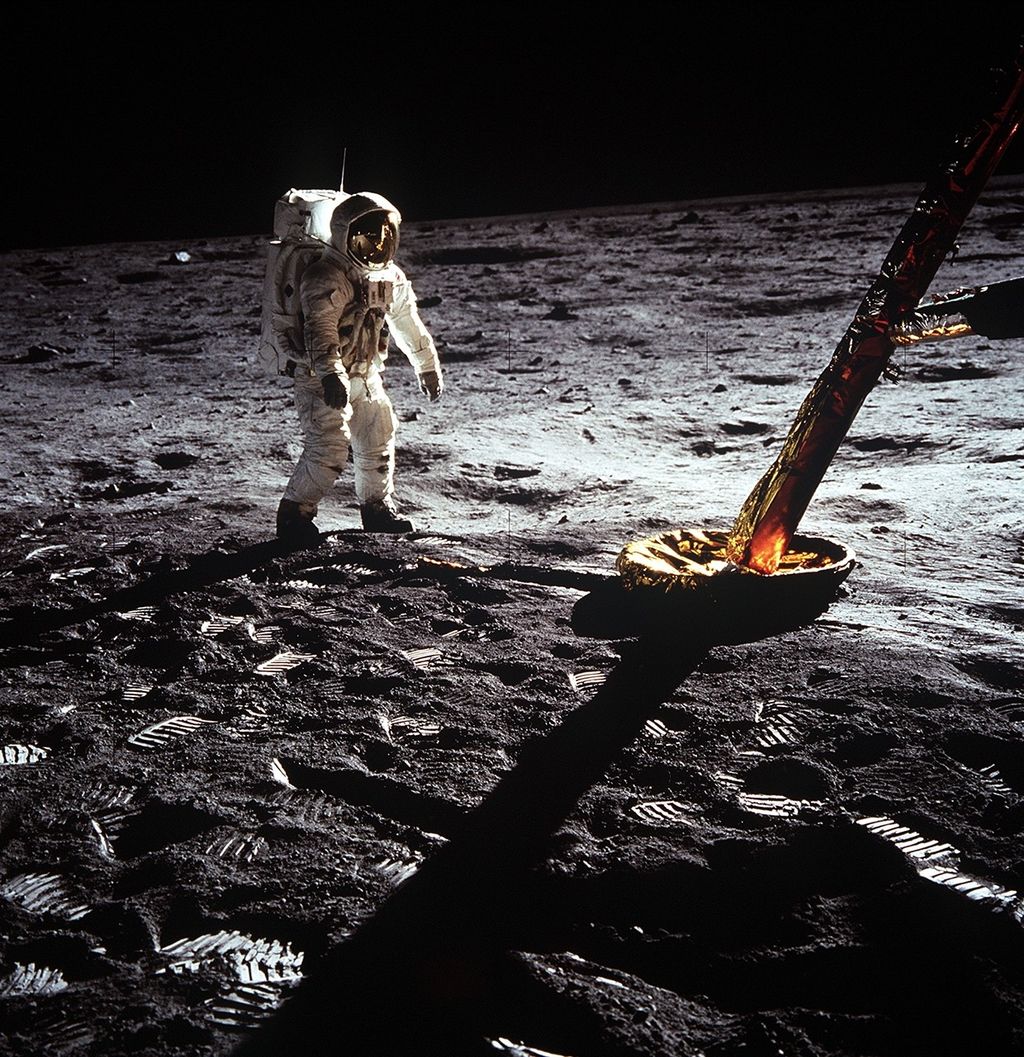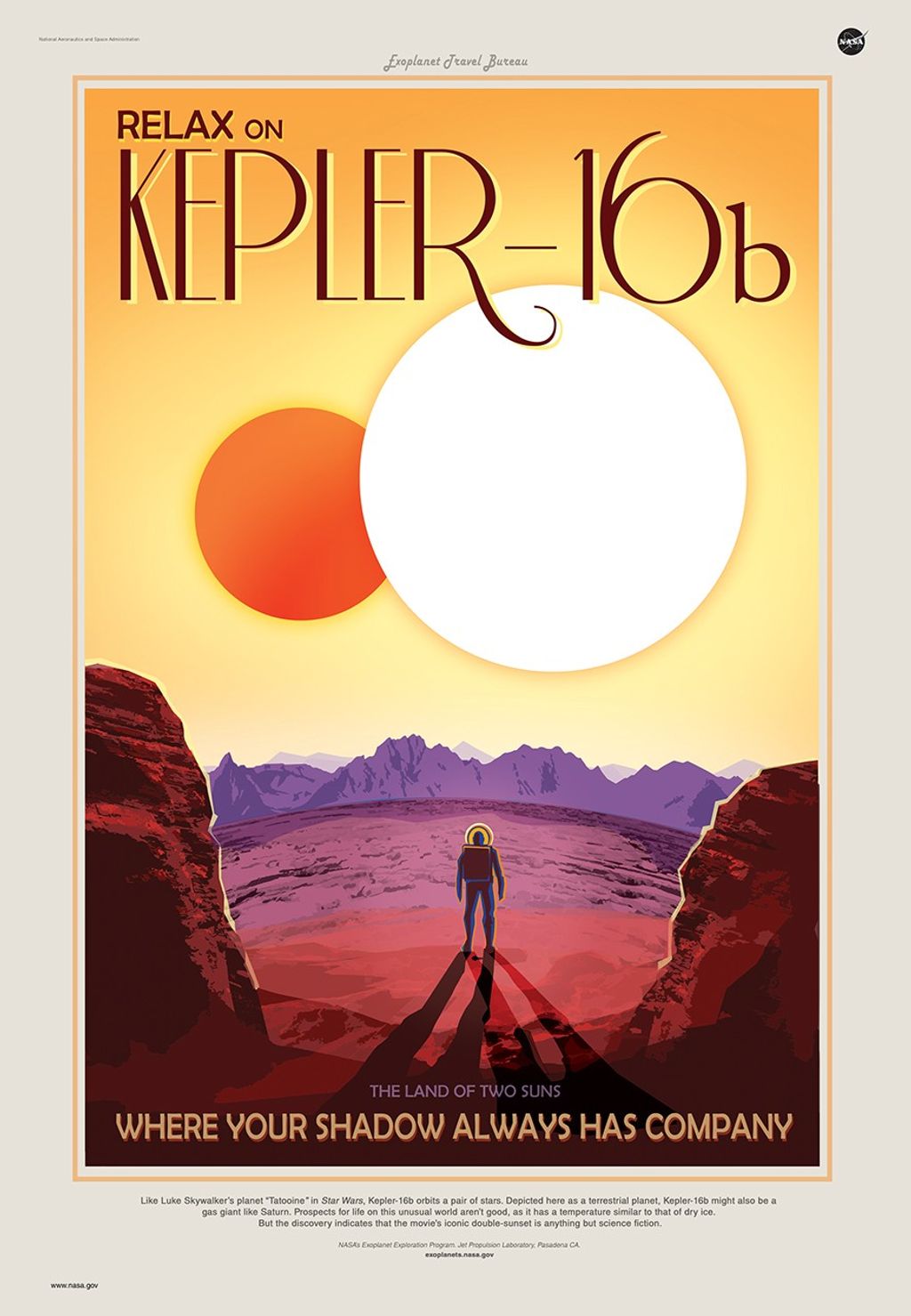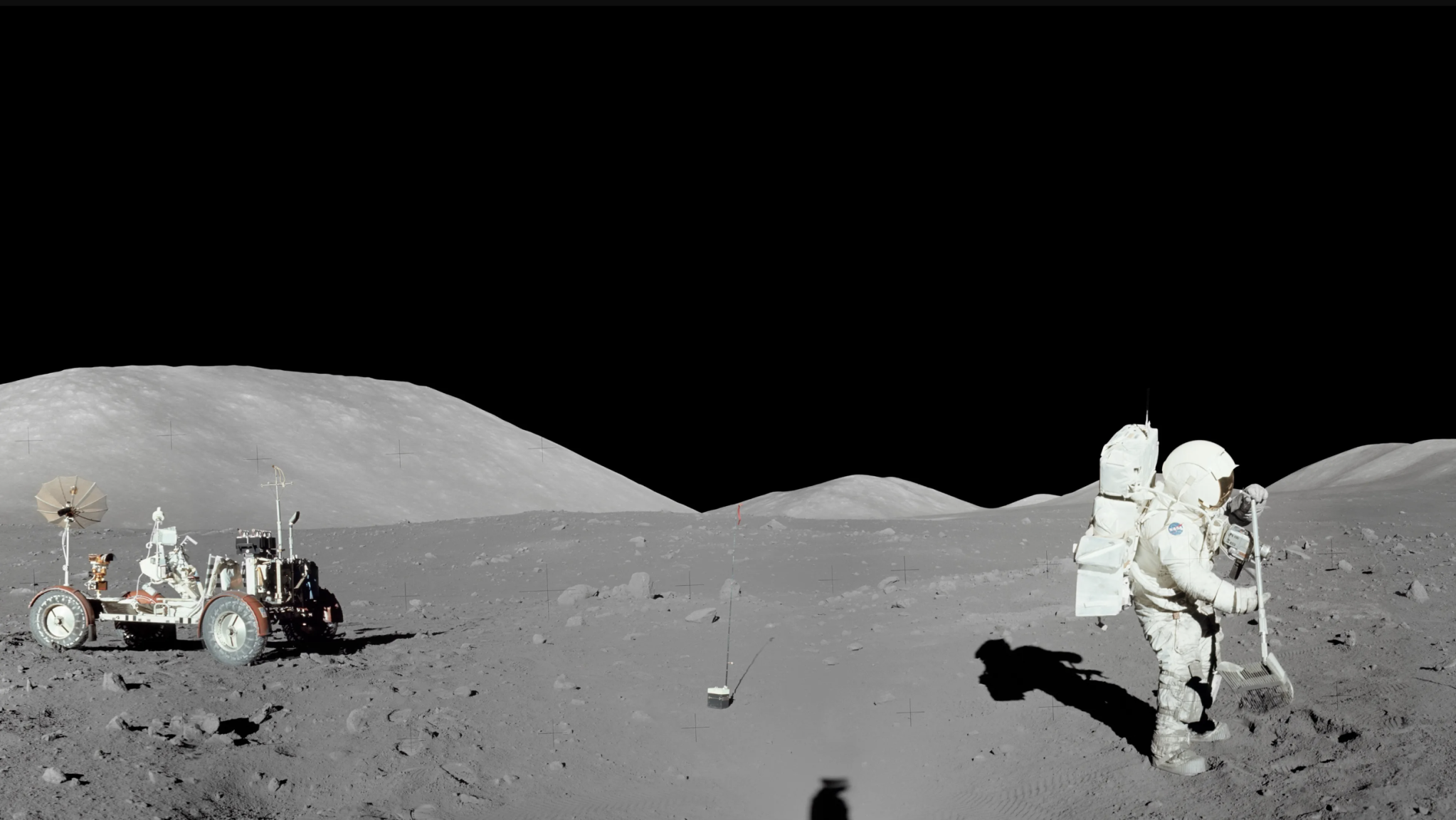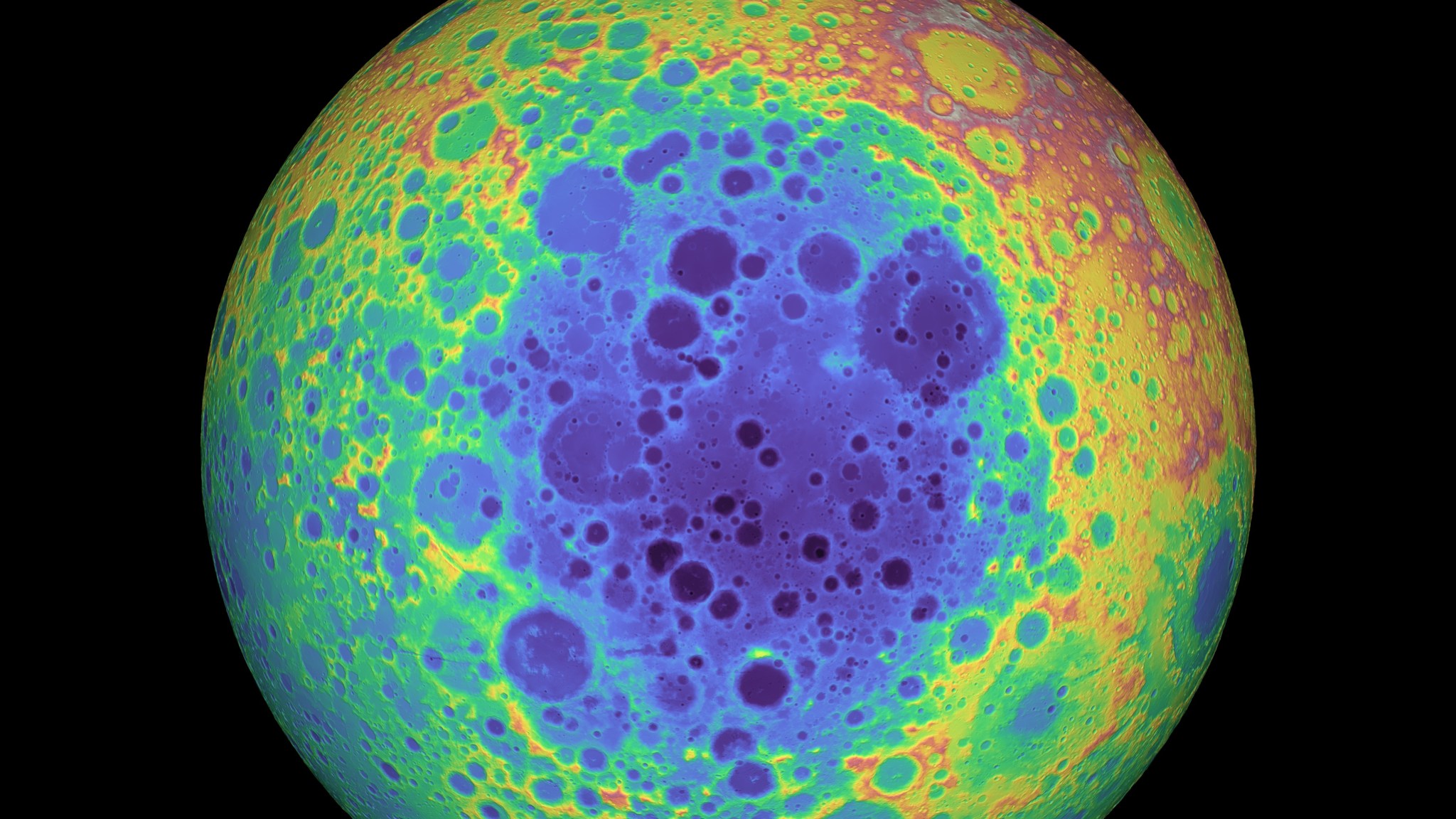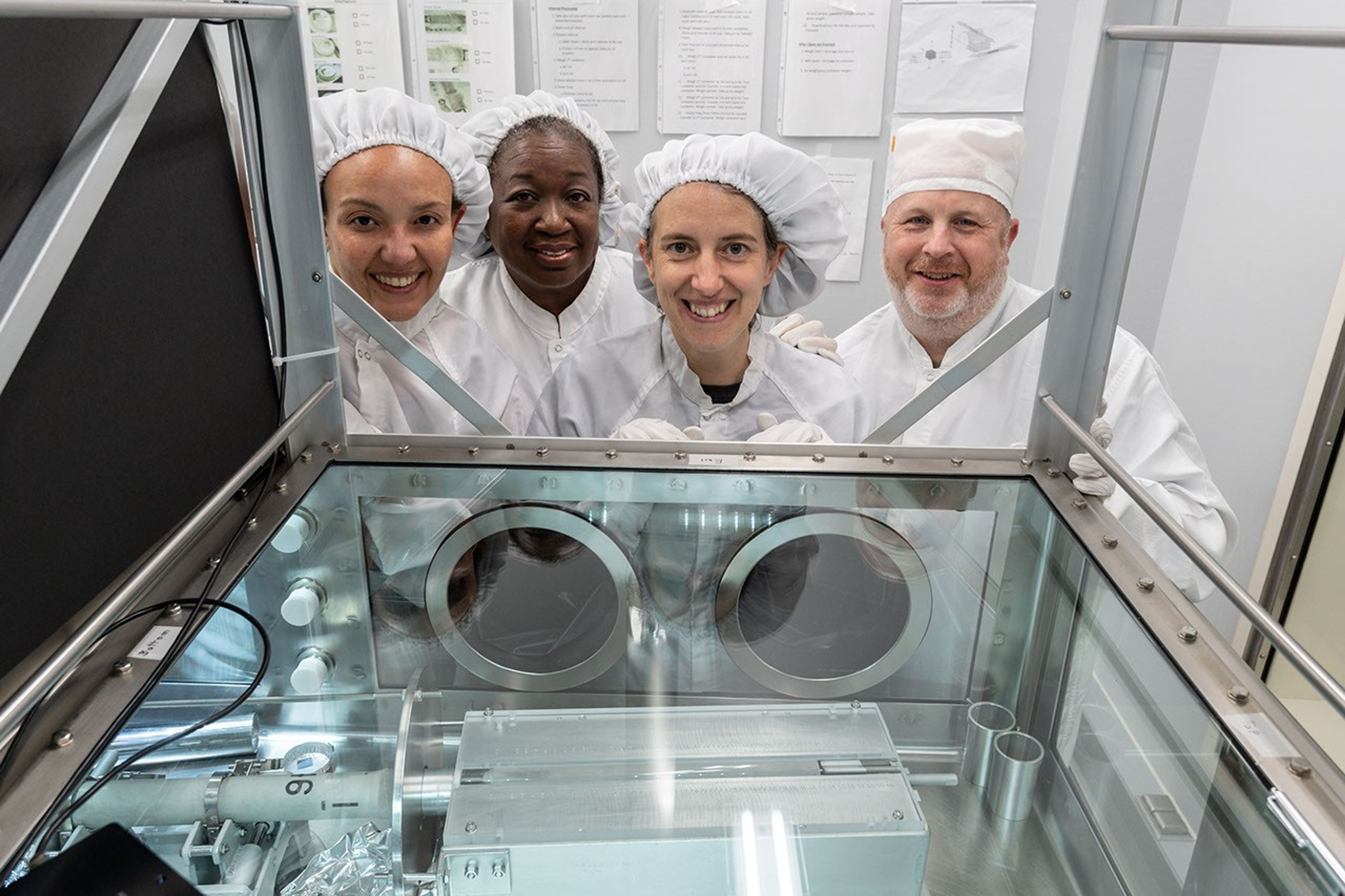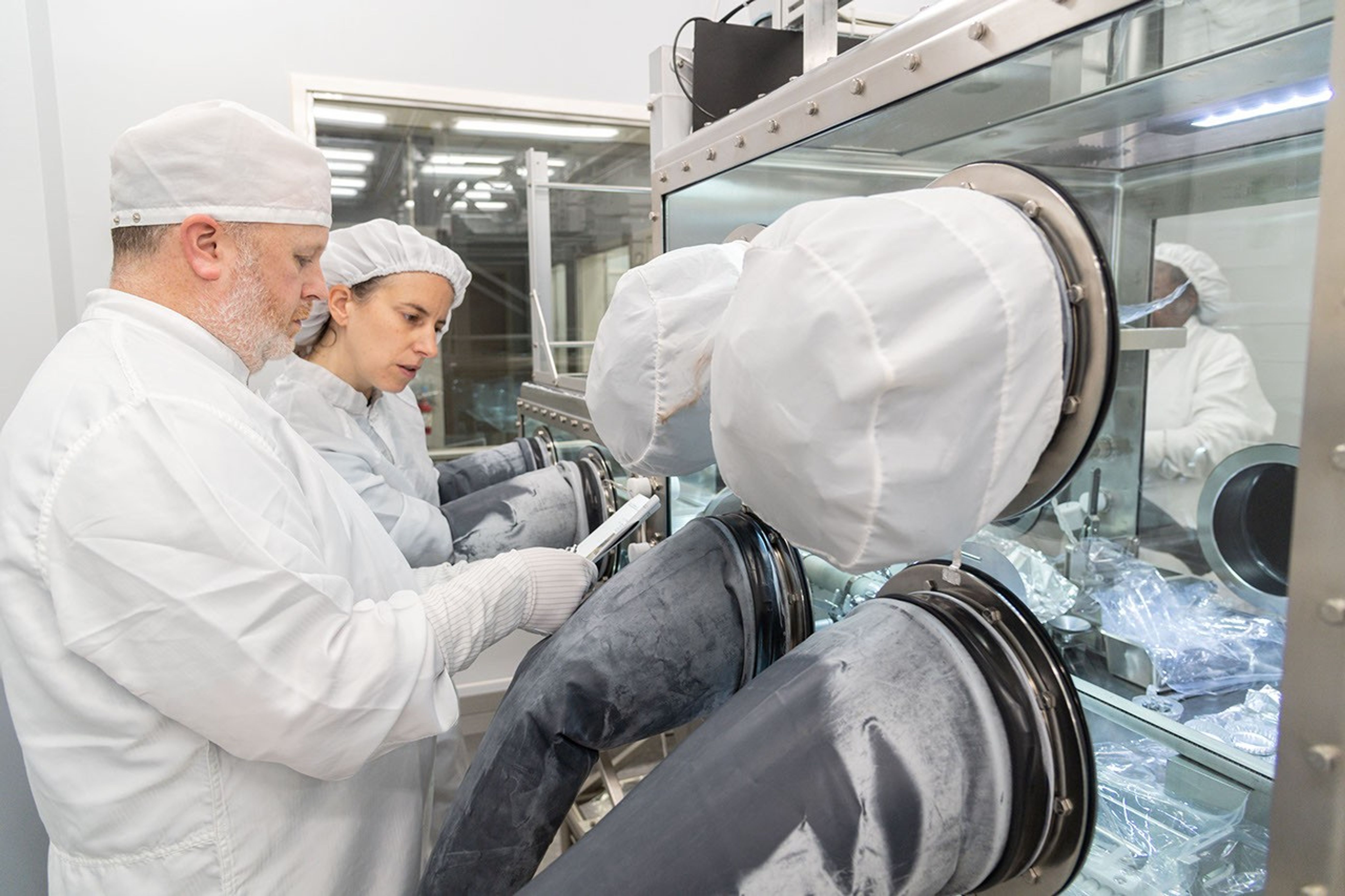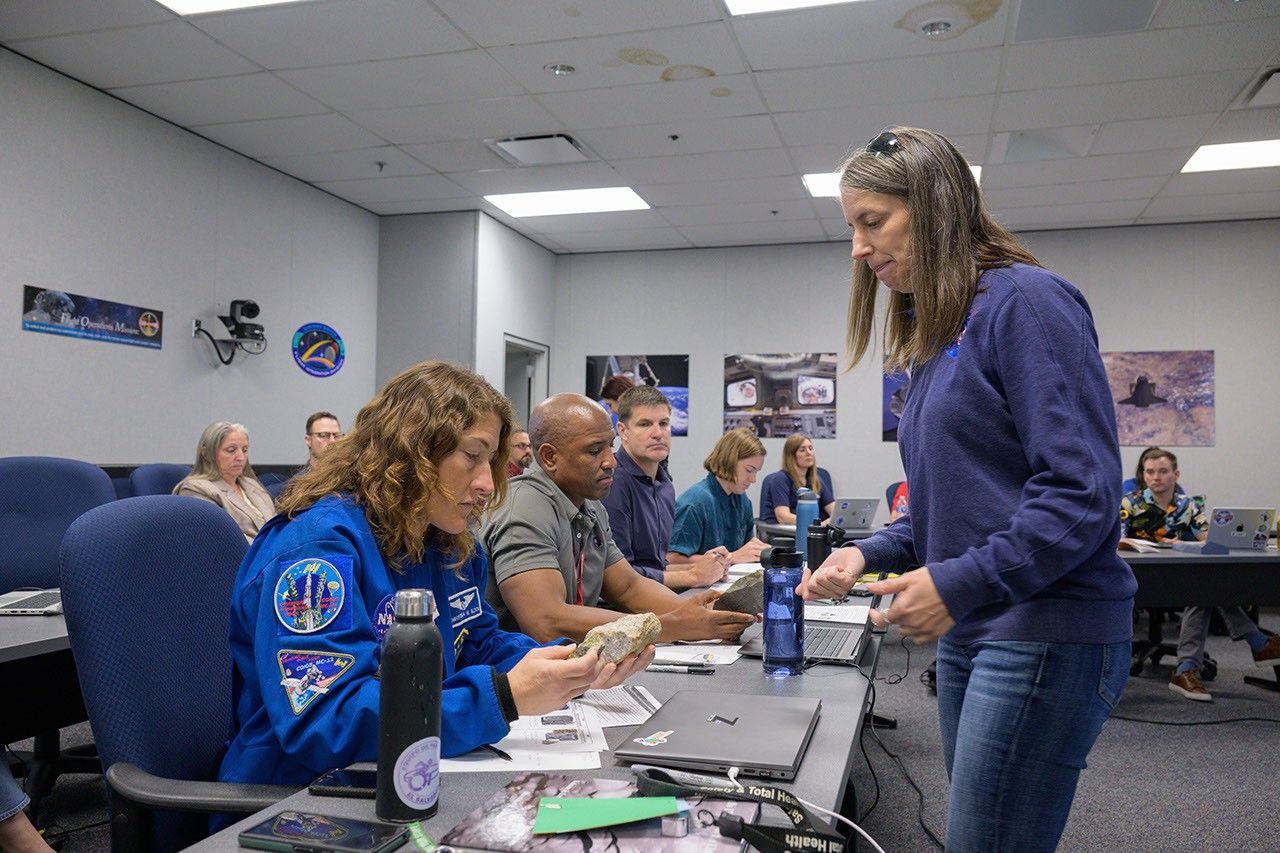In a new analysis of lunar samples collected by NASA’s Apollo astronauts more than 50 years ago, NASA-supported scientists have provided detailed information about the early evolution of the Moon. The study helps pin down the timing of an enormous impact event on the Moon that could have also had implications for Earth’s habitability.
Gathering Lunar Samples
NASA's Apollo missions brought astronauts to the surface of the Moon on six occasions where they collected 2,196 samples and brought back a total of 842 pounds (382 kilograms) of material. Scientists have been carefully scrutinizing the precious lunar material ever since. One mineral of particular interest in the samples is zircon, which is a common mineral in igneous (e.g. magmatic) rock. As zircon forms from cooling magma, it takes on properties that can reveal a great deal about the history of rocky bodies like the Moon or the Earth.
By studying lunar zircons, scientists identified a global magmatic event that likely occurred on the Moon about 4.33 billion years ago. The early Moon was wholly or mostly molten, starting its life as a sea of magma. However, until now, scientists were unable to determine how long this magma ocean lasted. In the new study, the team looked at zircons in samples from Apollo 14, 15, and 17 using a suite of methods that are more accurate than those previously available, and they believe that the results indicate the early magma ocean may have been short-lived.
Lunar zircons could have formed only when the magma ocean was almost completely solidified (more than 99.9% cooled). Lunar zircons identified in previous studies come from around 4.46-4.43 billion years ago, so the Moon must have been largely cooled off by then.
“While the scientific community has analyzed over 600 lunar zircon ages in total, only about six grains survive from this earliest period,” said lead author Melanie Barboni of Arizona State University in Tempe. “Then we see a striking gap - almost no zircon formation for nearly 100 million years - followed by the intense burst of crystallization between 4.338 and 4.334 billion years ago that our study has helped constrain. This pattern, with its distinct gap and sudden peak, doesn't fit with a slowly cooling magma ocean that persisted all that time. Instead, it points to a catastrophic event, a very large impact in lunar history that briefly melted part of the Moon's already-solidified surface.”
The researchers believe this enormous impact could be linked to the South Pole-Aitken basin, a landmark on the far side of the Moon that is one of the largest and oldest impact features in the solar system. Precisely dating this catastrophic event is important, because the Earth would have been hit by the same population of objects responsible for the impact.
“These impacts brought material from space - various chemical compounds and volatile elements - that could have helped shape Earth's early environment,” said Barboni. “By knowing precisely when this major impact event occurred at 4.338 billion years ago, we can better understand how these space deliveries might have contributed to Earth's transition from an inhospitable world to one where life could emerge. The timing helps us connect the dots between massive impacts and their potential role in making Earth habitable."
Lasting Impact of Samples
Lunar samples returned to Earth by the Apollo program have been invaluable for science and have continuously provided important data for over half a century. One reason that sample return missions are so valuable is that laboratories on Earth can support advanced instruments and techniques that are too large or laborious to include on space missions. Sample curation on Earth means that materials can be studied for generations and with new technologies that didn't even exist at the time of collection.
“Maintaining samples in a pristine, unaltered state is critical so that we can extract the scientific information contained within these unique, and often very small, samples,” says Dr. Juliane Gross, Artemis curation lead at NASA’s Johnson Space Center in Houston. “Equally important, however, is making the collection available for scientific study and education, because it is these activities that give the samples their true value.”
The formation and evolution of the Moon is intrinsically tied to the evolution of the Earth and is an important area of study in astrobiology. The Moon can provide clues about what the Earth-Moon system was like at a time when life originated on Earth, and how the Moon’s presence could have affected the evolution of life over time. For instance, many scientists believe that the Moon's gravitational influence helps stabilize the Earth's climate by moderating how much our planet wobbles on its axis. The Moon also causes the tides in Earth's ocean, the rhythmic movement of water that has been constant throughout the evolution of life.
The study, "High-precision U-Pb zircon dating identifies a major magmatic event on the Moon at 4.338 Ga," was published in Science Advances.
For more about NASA’s Astrobiology program: https://science.nasa.gov/astrobiology/
-end-
News Media Contacts
Karen Fox / Molly Wasser
Headquarters, Washington
202-358-1600


